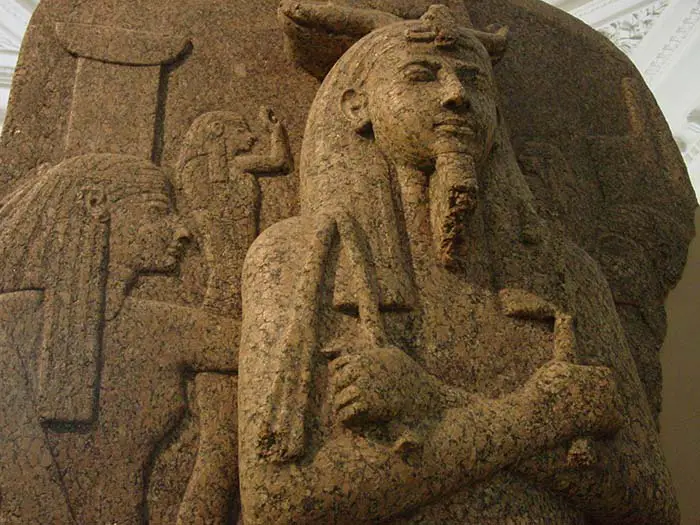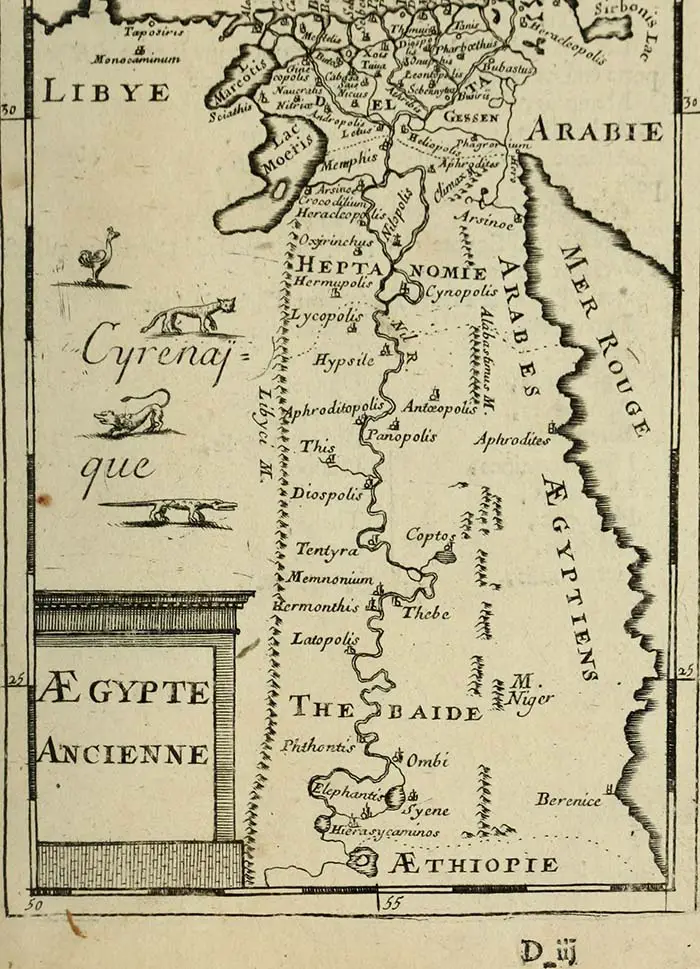Xois
Located in the center of Egypt's Nile Delta, Xois was a bustling metropolis that provided fine wines and luxury goods to the ancient Egyptians. Founded around 3400 BC, Xois thrived until around 400 AD, serving as Egypt's capital for much of its history and as a major site for a historic battle.
The modern city of Sakha is now thought to be the site of ancient Xois. This is because the Greek name is written hieroglyphically as "Khasout" or "Khasouou", which was the main city of Lower Egypt's 6th nome. It was mentioned by an officer named Metjen, who served during the reign of King Snerferu (the first ruler in the 4th Dynasty).
A Great Battle
The historic battle in Xois was between Ramses III, the Sea Peoples, and their allies from Libya, which occurred around 1178 BC.
In the eighth year of the reign of Ramses III, the Sea Peoples tried a third time to invade Xois. Previous unsuccessful attempts, made under Rameses II and his successor Merenptah, seemed not to deter the Sea Peoples, so they once again attempted to invade Egypt.
Ramses III utilized modern-day guerilla tactics and crushed the would-be invaders. Using ambushes and archers, Ramses' warriors killed the attackers as they landed and then shot flaming arrows into their ships so they couldn't escape.
Although victorious, the war depleted the treasury, which precipitated the world's first labor strike. The costly victory coincided with a drought, which meant that the prestigious tomb builders didn't receive the provisions they expected, so they walked off the job.

© tutincommon - Coffin Lid of Ramses III
Significance of Xois
For centuries after this notable victory, Xois remained prosperous as a center of commerce, refinement, and culture. It was also notable as a center of worship for the Egyptians. The combination of commerce, culture, and religion made Xois a very wealthy city that thrived for millennia and dramatically impacted Egyptian history. Its nobility founded Egypt's 14th Dynasty in 1650 BC.
When Ahmose I defeated the Hyksos, Thebes became the capital instead of Xois. Although Xois lost some prestige, it remained prosperous as a religious and trade center.
The city of Xois was responsible for 76 kings, as reported by Manetho, an Egyptian historian who lived during the 3rd century BC. Xois remained an immensely popular and successful city, famous as a center of worship, as well as for its fine wines and luxury merchandise. Some scholars theorize that Xois is mentioned by the prophet Nahum when he warns the people of Nineveh of their imminent destruction.
The Decline of Xois
Xois continued through Rome's annexation of Egypt, and the Romans developed an appreciation for the fine wines that were produced in Xois.
Christianity, rather than warriors, was responsible for the demise of the city of Xois. Ancient Egyptians were polytheistic. They worshiped many gods and held many festivals to honor them, and wine was an integral part of their celebrations.
Christianity worshipped only one God and the religious zealots of the time frowned upon imbibing alcoholic spirits. The Roman emperor Theodosius issued edicts that favored Christianity and he closed the pagan temples and universities. This further contributed to the decline and ultimate demise of Xois. When the Muslims conquered the area around the 7th century AD, the city of Xois had fallen into ruins.

Xois shown on a map
Facts about Xois
- Xois was one of the most prosperous ancient Egyptian cities.
- It was renowned as a centre of culture and commerce, providing luxurious wines and other goods.
- Ramses III and his armies defended the city in a historic battle against the Sea Peoples and their allies.
- Although Thebes became the capital of ancient Egypt, Xois remained a successful city.
- Its decline was caused by Christian rulers, who stifled the local religion, leading the city to ruin.
